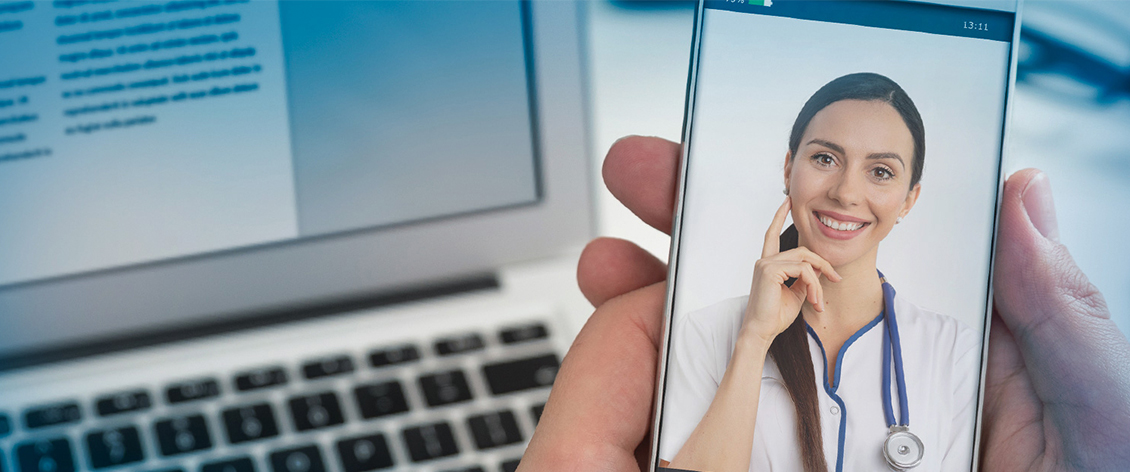
Coronavirus Offers Opportunity for Physicians to try Cardiac-Telemedicine
March 27, 2020
As the highly contagious novel coronavirus, also known as COVID-19, continues to explode with new infections in new locations every day, it is crucial for those who are at risk, elderly, chronically ill, to continue to receive care when needed with their primary care practitioner as other diseases are not slowing down, they remain and patients must receive care. But the question now is what about the coronavirus and it is threatening people with chronic diseases and in particular patients which suffer from heart disease?
They cannot be exposed!
We said it before:
For patients with heart disease, Cardiac-Telemedicine is the best health care strategy as it allows them to connect to their health-care staff and can be definitely a lifesaver.
And even as we focus on this pandemic:
It’s worth noting that other diseases are not slowing down. Heart disease remains the leading killer of people in Mexico, the United States and around the world, and it is not ready to give up that distinction any time soon.
Therefore, with the right precautions and with heightened vigilance, we can try to ensure that COVID-19 doesn’t help increase that toll.
Now, for medical practices that have not yet embraced telemedicine, this could be the perfect opportunity to get patients onboard and start providing an additional service that could eventually grow the practice. As more people use Skype and Zoom to keep in touch with grandchildren and other family members, patients may be more receptive to telemedicine than physicians expect. And with a wide array of easy-to-use, cloud-based telemedicine systems available, it’s simple to start offering cardiac telemedicine and keep patients safe while continuing to treat them.
Of course, not all healthcare visits can be handled via video or phone. There are times when a provider needs to examine or treat a patient in person. But experienced telehealth providers say that’s the beauty of telemedicine.
By implementing cardiac telemedicine it can also save lives and provide critical care in emergency situations. The technology allows communication between patients and medical staff, as well as the transmission of medical records, images, and other data to and from a remote location.
We see how the selflessness of the health care profession is valiantly fighting coronavirus. Telemedicine can still ensure that medical practitioners from elite medical schools and leading hospital groups maintain a public health approach. That this is a pandemic that provides the test case for the transnationalization of medical practice. Telemedicine can help match medical care practitioners in the developed world with patients in the developing world, far from hospitals, let alone medical specialists.
But, does such a device exist for detecting CVDs that enables telemedicine and is AI-Powered? The answer will surprise MANY, the answer is yes!
We are talking about Cardio-HART or “CHART” for short. It is the ideal heart diagnostic device for enabling Cardiac-Telemedicine, because:
- It is able to cost-efficiently support the widespread screening of symptomatic and asymptomatic patient populations.
- It more than doubles the diagnostic effectiveness of existing devices.
Together, it empowers Cardiac-Telemedicine into a truly viable healthcare strategy.
Tests can be locally conducted by easy to train medical assistants. The physician can review the CHART report online with the patient, confident they are getting the most thorough and comprehensive cardiac status. And it must be, because remote patients have limited access to corrective and treatment options.
Single-physician, nurse-practitioners, walk-in or community clinics, whether urban or rural, all telemedicine accessible, all patients now equal.
It is time to act, it is time to give a hand to those who need the technology in these times and help to prevent, detect and save lives.
